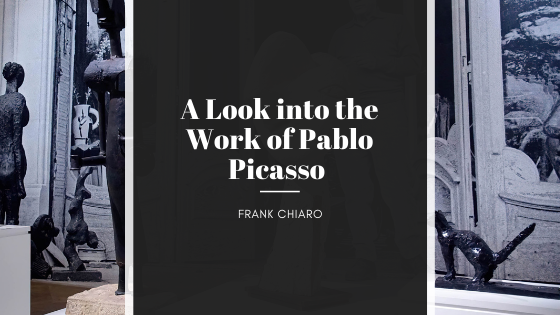Picasso’s artist father, Don José Ruiz y Blasco, introduced Picasso to drawing and painting when he was but a child of seven. The youngster quickly impressed his father with his talent. Despite having very little professional training, Picasso became one of the most renowned artists of the 20th century. Over the decades, Picasso produced a vast array of works. However, he remains most recognized for his abstract cubist creations.
Prominent Colors
Early in his career, the works of the young artist used prominent colors, which are theorized to represent periods during his life. Following the suicide of a close friend, the “Old Guitarist” and other works were created predominantly in blue, which became known as his Blue Period. The tone reflected the artist’s sadness along with his first-hand knowledge of the ills endured by living an impoverished existence. During perceived better times, Picasso also created works during what became known as his Rose Period. “Garçon à la pipe” was painted during this time.
Cubism
Before the end of 1910, Picasso abandoned the traditional perspective and ventured into the realm of the abstract. He no longer depicted people, animals, and objects in recognizable forms. The artist instead chose to deconstruct the norm and reconstruct images using complicated angular and geometric lines. “Les Demoiselles d’Avignon” and the “Head of a Woman, Fernande” illustrate the new path Picasso took. He also began combining cubism with collage, as is evidenced by “Girl with a Mandolin” and “Ma Jolie.”
By the end of WWI, Picasso lived in France and returned to more classical methods of painting, as is reflected in “Peasants Sleeping.” At this time, artists in the country began the French Surrealist Movement. As a sign of the times, Picasso created the Primitive/Surreal “Three Dancers.”
Post-WWII
In addition to painting, the artists wrote hundreds of poetic works and two plays. He also became more focused on sculpting. In 1967, he designed the “Chicago Picasso,” which was gifted to the city. The abstract display was made from welded steel and stood 60 feet in height. Along with the historic water tower, the John Hancock Center, and the pair of lions that grace the local Art Institute, the sculpture is considered to be one of Chicago’s most popular and recognized landmarks.
